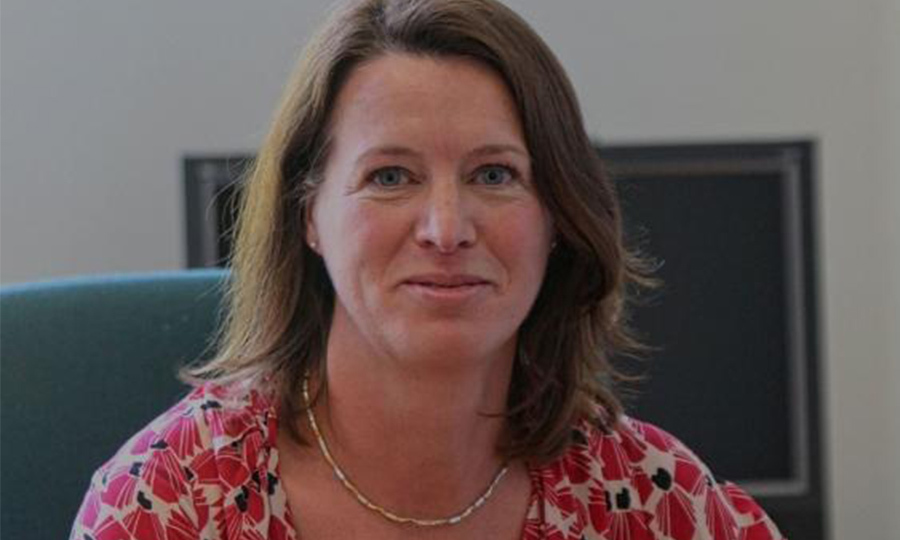
IT is no secret that Scotland has a difficult relationship with alcohol.
Progress has been made to reduce alcohol-related harm – cutting the drink-drive limit, banning multi-buy offers and irresponsible drinks promotions and tackling underage drinking. But clearly we need to go further.
Recent statistics show alcohol-related deaths have increased by 10% over the last year – while in all other European countries outside the UK and Ireland they are falling significantly.
On average, alcohol misuse causes about 670 hospital admissions and 24 deaths a week and it costs Scotland £3.6bn each year, or £900 for every adult.
It’s also damaging our children. Those affected by parental substance misuse are among the most vulnerable in society and they need particular care and support. The Scottish Government currently provides funding of £600,000 per year to the CORRA Foundation, who support third sector organisations delivering vital support to children and families across Scotland affected by substance and alcohol misuse.
Last year, I and the other UK chief medical officers published new alcohol guidelines, recommending that both men and women drink no more than 14 units per week. Those 14 units can be bought for just £2.52 – alcohol is being sold for as little as 18p a unit.
That’s why I’m convinced minimum unit pricing is the most proportionate and effective way to reduce the harm caused by cheap, high strength alcohol. The Scottish Parliament agreed, passing the policy unopposed more than five years ago – and it has the strong backing of those who work daily with people affected by alcohol.
That is the backdrop against which the policy has been so staunchly defended throughout the legal challenge led by the Scotch Whisky Association – which I, along with many other health professionals, have found disappointing.
Of course, minimum unit pricing is only one of the measures the Scottish Government is implementing to reduce alcohol-related harm. Scotland has a well-regarded alcohol strategy. The refreshed Alcohol Framework is well under way and due to be introduced later this year. It will focus on embedding and developing what is already in place and build on the progress made so far.
Catherine Calderwood is Scotland’s Chief Medical Officer

Enjoy the convenience of having The Sunday Post delivered as a digital ePaper straight to your smartphone, tablet or computer.
Subscribe for only £5.49 a month and enjoy all the benefits of the printed paper as a digital replica.
Subscribe